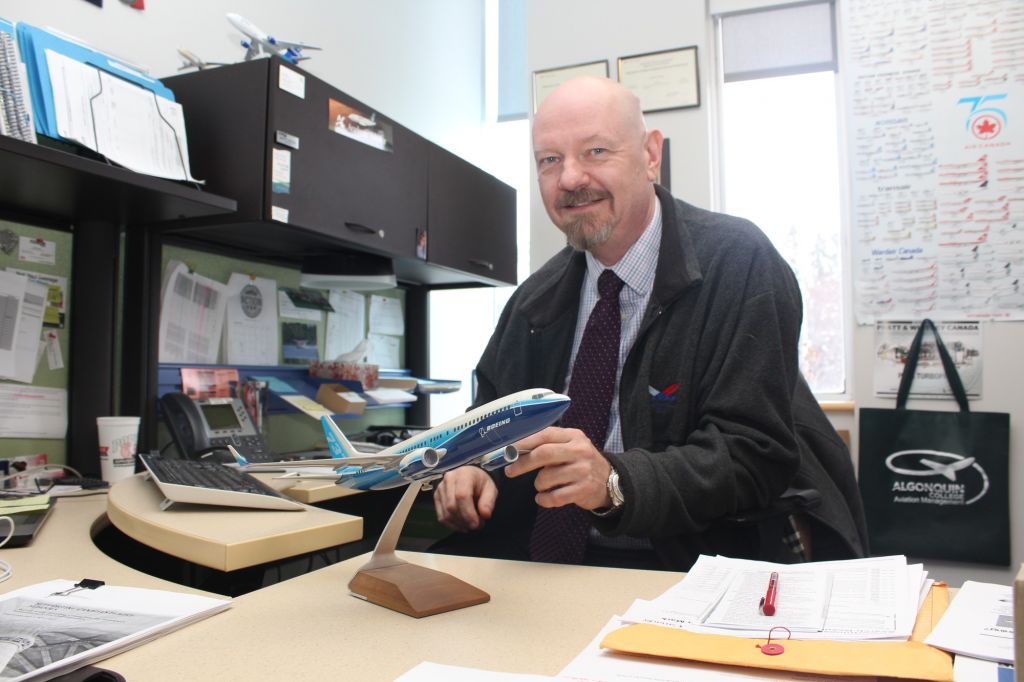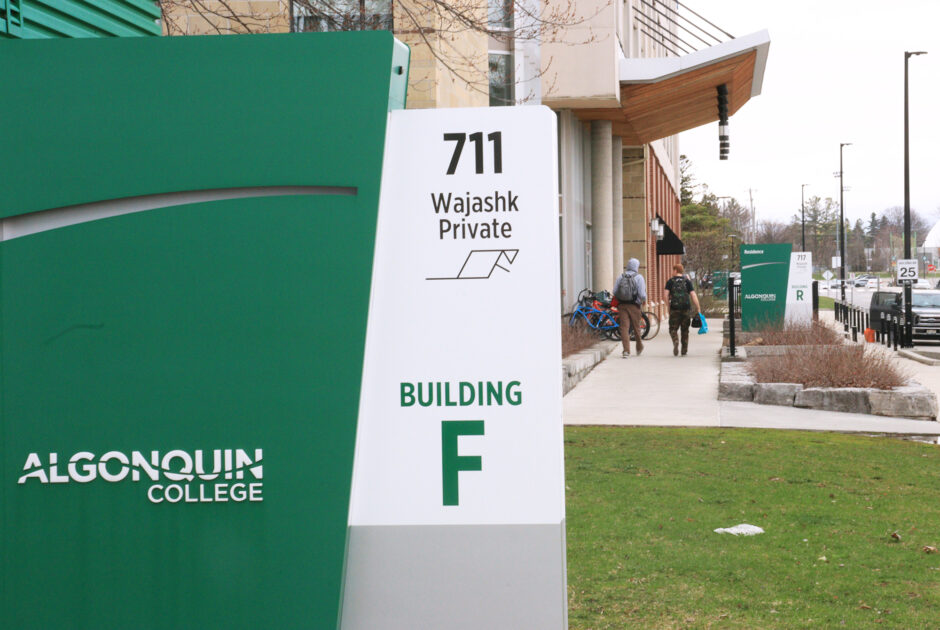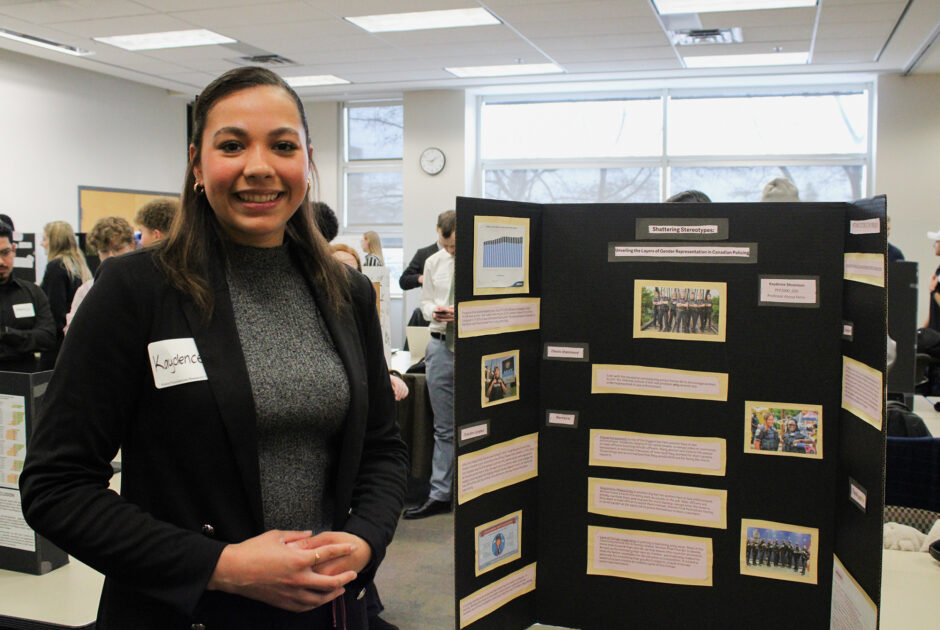Aviation management program still faces turbulence, but there is optimism it will soon soar

The aviation management program at Algonquin College is still experiencing some turbulence.
The school reduced the number of students it accepts from 80 to 40 students for its intake during fall of 2019 and is projected to only take in 33 students in September of 2020.
Bruce Dwyer, coordinator of the program, explained that there are several reasons for this change. The first is that the school had to reduce the number of students to ensure that the ones accepted into the program can get the right amount of flight training they require to graduate.
The lack of flight instructors to teach students is an increasingly large problem for the program. The entry-level of job is low paying with long hours and hard work.
Many people interested in a career in aviation usually enter a one to three-year flight instructor job to build up flight hours, however that is not happening anymore. Many students and other trained pilots are being hired right out of school by flying companies such as Jazz Aviation.
“This is an industry that eats our young,” said Dwyer.
The industry has been hiring pilots right out of school as opposed to them entering the entry level positions.
“Why would they? Why would you?” said Dwyer. “Take that first step on the career ladder when you can jump to or three rungs up the latter and two or three rungs interns of the pay.”
Another key issue that affects flight schools like Algonquin, is that they have not been well funded by the government. Programs like OSAP may cover the tuition to the college, but not the cost to the flight schools as students have to pay for flight training directly to the partners.
Given that the program is the most expensive one at Algonquin according to Dwyer, this is often a challenge to students. Total tuition for students for the 2019-2020 academic year is $11,150. But when the flying costs and other fees that come with the flying schools are added in, the total this comes to $84,150.
One of the program’s training partners that supplies the aircrafts has been experiencing challenges too. Cedric Paillard, CEO and president of Ottawa Aviation Services, based on Hunt Club Road says they are currently short on planes.
Paillard suggests that the maintenance and instructors are not as much of the problem, but the lack of air crafts.
In September, OAS was short three aircrafts, which added to the delay of students flying.
The long-term solution Paillard sees working is to use flight simulators instead of aircraft. The short-term solution is to figure out how to optimize the fleet operation. Paillard says that students progressing where they need to be is a priority.
Another issues it that training equipment is getting old says Dwyer. Not that it is not unsafe, but undergoing inspection can find parts that need to be repaired or changed out. It can cause a delay as some parts take time to ship or have to be manufactured specifically for the plane.
If Algonquin could get funding from the Ontario government like other colleges in the province, the program would be able to expand its enrollment. However, the opposite is occurring explained Dwyer.
Dwyer explained that the school had to reduce the number of students to ensure that the ones accepted into the program can get the right amount of flight training they require to graduate.
Dwyer said that the change sets Algonquin on par with other Ontario college aviation programs that have the 200 hours requirement, which is the requirement for a commercial license.
Other Ontario colleges, like Seneca and Sault College, offer four-year degree programs at a similar cost. However, the colleges are funded by the province and have their own air crafts and instructors.
A university degree is secondary to flight training and practice explained Dwyer.
Although the hours have been reduced, the cost for the flying will remain the same or go up because of obstacles like the carbon tax. Fuel costs have gone up as well has rental costs. The new amount for the program will be updated for the next school year.
“Even though we reduced the hours, that number’s not going to go down, it is likely to go up,” said Dwyer.









